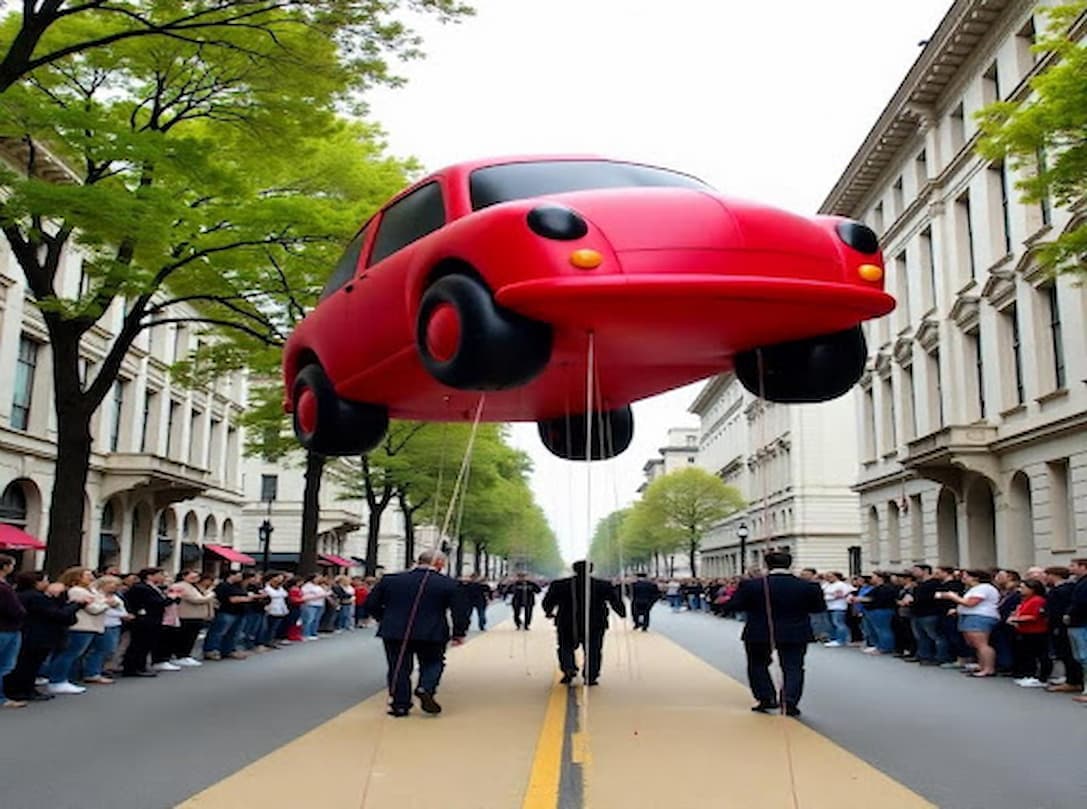The human teeth seem to have a simple structure from the outside. In the open mouth, white teeth lodged in fleshy gum can be seen. These teeth are continuous at both the top and the bottom. The front teeth are flatter, but the side and inner molars look fatter. Unlike amateurs, the London dentist knows the complex, internal structures too.
The white outer crown part is enamel, and the middle layer is dentin. Inside there is the root with pulp, cementum, blood supply and nerves. This root goes deeper and reaches as far as the jaw bone. The dentist is also aware of the teeth shape, size, bite, and connectivity.
If there are wider gaps between one or more teeth, then dental bridges become necessary. They assure a cosmetic benefit like beautiful smiles. In some cases, a single dental implant is sufficient to cover up the smaller gaps. This is also popularly known as the artificial tooth.
Bridges Or Implants?
A dental implant is basically an artificial tooth replacement. One tooth is removed due to damage or infection. The new tooth does not grow back and leaves a glaring, ugly gap. So, the London dentist covers up this gap with a dental implant. This artificial tooth acts as a supportive root and holds the crown on top. The teeth continuity assures pleasant smiles.
In implants, the root is generally made up of titanium steel material. The other parts can be made of ceramic or plastic materials. Unlike these implants, Bridges are the combination of caps and conjoined crowns. They are also inserted if the teeth are broken, chipped, or removed to treat infections. Bridges are also a more efficient solution for multiple, missing teeth.
Missing teeth and visible gaps definitely make the smile unattractive. But they also affect the patient’s speech and food bites. Adjacent teeth can get tilted and move out of position. The up or down teeth( in the opposite jaw) can also get shifted. Unnecessary complications like jaw and gum pain may also follow suit.
So, the London dentist prescribes dental bridges after examining the gaps. During surgery, adjacent teeth can be chipped down in size. The gum is reshaped to accommodate the new bridge. After the gap is prepared, white caps are inserted inside them. Then a dental bridge (with 2 or 3 joined artificial crowns) is inserted.
To conclude, missing or removed teeth leave ugly gaps. The smile becomes unattractive and the patient loses self-esteem. The learned dentist examines the gap and suggests implants or bridges. The dental bridges are inserted to cover the gap after a minor reshaping procedure. The patient’s smile, speech, and a bite is enhanced afterwards. Other risks are also nullified.







